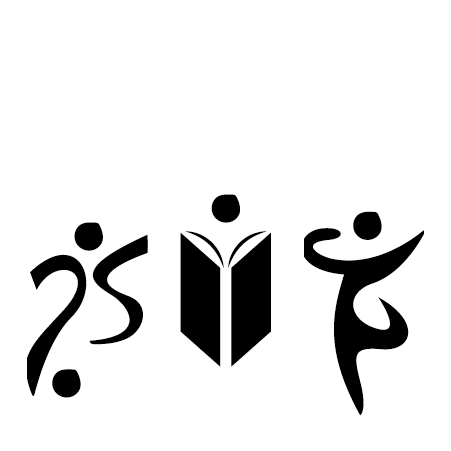Wider Curriculum
Safeguarding Through the Curriculum
SMSC at Linthorpe
As part of the redesigned Linthorpe Scheme of Work for SMSC, we have ensured that pupils are given opportunities to develop their understanding of how to keep safe. Their safety and importance of identifying factors which compromise their safety have been embedded into our new scheme of work.
Listed below are the subjects in which elements of safeguarding have been incorporated. These are, of course, differentiated by age groups.
R.E: Pupils are taught to be aware of resecting religious views, to understand that tolerance of different faiths is integral to being British and that radical forms of opinion and forceful beliefs could lead to compromising safety. Pupils are taught to recognise who to speak to over concerns about radicalism.
Drugs Education: Pupils are taught to be aware of the key personnel who may administer medicine. In upper KS2, pupils are taught about the legal parameters surrounding drugs and how dosages and misuse could result in compromised safety. Declaring allergies and respecting those with severe allergies are also included in the scheme of work.
Relationships Education: Pupils are taught through the Lucinda and Godfrey progression of work. Pupils, from an early age, are taught about personal privacy. They are taught about building relationships with people they trust. They are taught about key personnel whom they may turn to over fears of safety and compromised privacy. Pupils are taught to keep safe from strangers and are taught about the risks strangers could pose.
SEAL: Pupils are taught about emotional welfare and those who are responsible for looking after them. Pupils are taught to understand that keeping safe is their right and that ensuring everybody’s safety is a shared responsibility.
Computing at Linthorpe
The NC POS say pupils should be taught:
To understand and use technology safely, respectfully and responsibly and securely, including protecting their online identity and privacy; recognise inappropriate content, contact and conduct and know how to report concerns.
We do:
Understand and use technology safely:
They explore the wealth of tools the internet has to offer, whilst staying safe through gaining strategies to distinguish between inappropriate and positive connections.
- Children are taught to use key words to locate information and minimise the risk to unsuitable content.
- Not to rely on one website but to research a few.
- To use the favourites tool to save suitable websites to revisit.
- Distinguish between inappropriate contact and positive connections-Children are taught to read and edit a message before sending it.
- They understand they have a responsibly to themselves, family friends and the community when they are online.
- Children explore the differences and similarities between in-person and online communication and learn how to write down messages.
- Children identify what ’junk’ and ‘spam’ are and what to do when they are faced with it.
- Children are taught to understand and respect what is fair when using and sharing information in addressing copyright and plagiarism.
Identify a range of ways to report concerns about content and contact:
- Children are shown places allocated on a website to report any concerns i.e. report and use a CEOP button.
- Are taught to always TELL a trusted adult.
- Discuss who a trusted adult could be.
Recognise the importance of engaging in a trusted adult.

